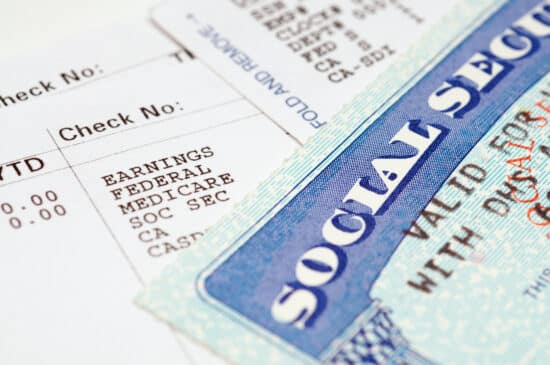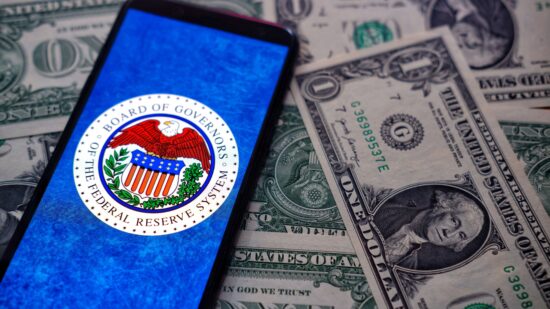
The Xfinity Cyber Breach Catastrophe And Our Fragile Online Existence
In a significant cybersecurity incident, Comcast’s Xfinity service experienced a data breach impacting over 35 million customers, marking a concerning trend in digital security vulnerabilities. This breach, which exposed sensitive customer information, underscores the increasing challenges in protecting personal data in the digital age.
In mid-October, Xfinity alerted its customers to unauthorized access to its internal systems. This intrusion, linked to a vulnerability previously disclosed by software provider Citrix, occurred between October 16th and 19th. It wasn’t until October 25th that Xfinity detected suspicious activities, eventually realizing that customer data was likely compromised.
The breach’s scale is staggering, with filings indicating nearly 35.9 million customers affected. The compromised information included usernames, hashed passwords, and for some, more sensitive data such as the last four digits of Social Security numbers, account security questions, birthdates, and contact information.
Steven Weisman, an expert on cybersecurity and editor of Scamicide.com, highlights the severity of the situation. The breach’s nature, where hackers accessed partial Social Security numbers, significantly increases the risk of identity theft. Weisman notes that the first five digits of a Social Security number can often be inferred from geographical and issuance data, making the last four digits particularly sensitive.
This incident is a stark reminder of the vulnerabilities inherent in the supply chain of digital products and services. Hackers did not directly target Xfinity but compromised the system through third-party software, a tactic increasingly employed in cyber attacks.
As of mid-December, Xfinity stated that there was no evidence of customer data being misused or leaked. However, the situation remains under close scrutiny. In response to the breach, Xfinity has advised customers to take proactive measures like monitoring their credit, updating passwords, and enabling multi-factor authentication. Customers are also encouraged to freeze their credit, which can prevent identity thieves from making unauthorized large purchases, even if they have access to Social Security numbers.
This breach is part of a broader trend of rising data breaches, highlighting the need for robust cybersecurity measures and vigilant personal data management. Customers affected by such breaches should remain vigilant and take recommended actions to safeguard their digital identities.
Originally published on: Free Press
The financial market is crumbling and EVERYONE will be affected. Only those who know what's going on and PREPARE will survive... dare we say thrive. Our 7 Simple Action Items to Protect Your Bank Account will give you the tools you need to make informed decisions to protect yourself and the ones you love.











